
- Events
- Australia Day
- Bastille Day
- Burns Night
- Christmas
- Day of the Dead
- Eurovision
- Festivals / Summer
- Halloween
- Halloween Accessories
- Nativity
- Oktoberfest
- Olympics
- Pride
- Red Nose Day
- School Play Costumes
- St Andrew's Day
- St Davids Day
- St Georges / England Supporters
- St Patricks Day
- Six Nations Rugby
- Stag Do
- Summer
- Thanksgiving
- VE Day
- World Book Day
- Adult World Book Day Costumes
- 4th July

- Themes
- Animals
- Around The World
- Book Characters
- British
- Chocolate Factory
- Cops & Robbers
- Cosplay
- DC
- Doctors and Nurses
- Fairytale
- Funny / Novelty
- Gangster
- Harry Potter
- Hawaiian / Summer
- Heroes and Villains
- Historical
- Army, Air Force & Naval
- Mexican Fiesta
- Pick Me Up
- Pink Cowgirl Hat Aesthetic
- Pirates
- Popstars and Celebrities
- Pre Historic
- Religious
- Sexy Costumes
- Sports
- Star Wars
- Steampunk
- Suits
- Tiger King
- TV, Film and Game
- Wild West
- Wizard of Oz
- Wizards & Witches
- 2000s
- 1990s
- 1980s
- 1960s 1970s
- 1950s
- 1940s
- 1920s

- Cosmetics
- Body Crayons
- Eye Liner
- Fabric Paint
- Face & Body Paint
- Face Jewels
- Fake Blood
- FX Fluids
- Glitter Fixatives
- Glitter Gel
- Glitter Shaker
- Hair Colour Spray
- Hair Gel
- Hair Streaks
- Lipgloss
- Lipstick
- Lip Tattoos
- Loose Glitter
- Mascara
- Nail Polish
- Pigment Shakers
- Pro Face Paint Cake Pots
- Scars, Wounds, Prosthetics & FX

- Accessories
- Bandanas & Scarves
- Belts
- Braces
- Capes
- Elf Accessories
- Eye Lashes
- Facial Hair
- Feather Boas
- Glasses
- Gloves
- Guns, Weapons & Swords
- Hats & Headwear
- Hosiery
- Inflatables
- Jewellery
- Masks
- Masquerade Masks
- Nipple Pasties
- Pacifiers
- Props
- Sets & Kits
- Shoe Covers
- Shoes / Boots
- Sleeves
- Teeth
- Ties & Bowties
- Tutus & Underskirts
- Wigs
- Wings & Wands
- Other

- Gifts by Category
- Alternative
- Balloon Dog Sculptures
- Batteries
- Colouring Books
- Decorative Accessories
- Food & Drink
- Fragrance
- Gadgets & Tech
- Gift Sets
- Gifts for the Home
- Homeware
- Jewellery
- Keepsakes
- Knitting Wool
- Life
- Luggage & Suitcases
- Miscellaneous
- Ornaments
- Personalised Gifts
- Puzzle Books
- Puzzles
- Slippers
- Smoking
- Stationery
- Umbrellas
- Vehicle
- Wallets & Purses
- Warmies


-
- Australia Day
- Bastille Day
- Burns Night
- Christmas
- Day of the Dead
- Eurovision
- Festivals / Summer
- Halloween
- Halloween Accessories
- Nativity
- Oktoberfest
- Olympics
- Pride
- Red Nose Day
- School Play Costumes
- St Andrew's Day
- St Davids Day
- St Georges / England Supporters
- St Patricks Day
- Six Nations Rugby
- Stag Do
- Summer
- Thanksgiving
- VE Day
- World Book Day
- Adult World Book Day Costumes
- 4th July
-
- Animals
- Around The World
- Book Characters
- British
- Chocolate Factory
- Cops & Robbers
- Cosplay
- DC
- Doctors and Nurses
- Fairytale
- Funny / Novelty
- Gangster
- Harry Potter
- Hawaiian / Summer
- Heroes and Villains
- Historical
- Army, Air Force & Naval
- Mexican Fiesta
- Pick Me Up
- Pink Cowgirl Hat Aesthetic
- Pirates
- Popstars and Celebrities
- Pre Historic
- Religious
- Sexy Costumes
- Sports
- Star Wars
- Steampunk
- Suits
- Tiger King
- TV, Film and Game
- Wild West
- Wizard of Oz
- Wizards & Witches
- 2000s
- 1990s
- 1980s
- 1960s 1970s
- 1950s
- 1940s
- 1920s
-
- Body Crayons
- Eye Liner
- Fabric Paint
- Face & Body Paint
- Face Jewels
- Fake Blood
- FX Fluids
- Glitter Fixatives
- Glitter Gel
- Glitter Shaker
- Hair Colour Spray
- Hair Gel
- Hair Streaks
- Lipgloss
- Lipstick
- Lip Tattoos
- Loose Glitter
- Mascara
- Nail Polish
- Pigment Shakers
- Pro Face Paint Cake Pots
- Scars, Wounds, Prosthetics & FX
-
- Bandanas & Scarves
- Belts
- Braces
- Capes
- Elf Accessories
- Eye Lashes
- Facial Hair
- Feather Boas
- Glasses
- Gloves
- Guns, Weapons & Swords
- Hats & Headwear
- Hosiery
- Inflatables
- Jewellery
- Masks
- Masquerade Masks
- Nipple Pasties
- Pacifiers
- Props
- Sets & Kits
- Shoe Covers
- Shoes / Boots
- Sleeves
- Teeth
- Ties & Bowties
- Tutus & Underskirts
- Wigs
- Wings & Wands
- Other




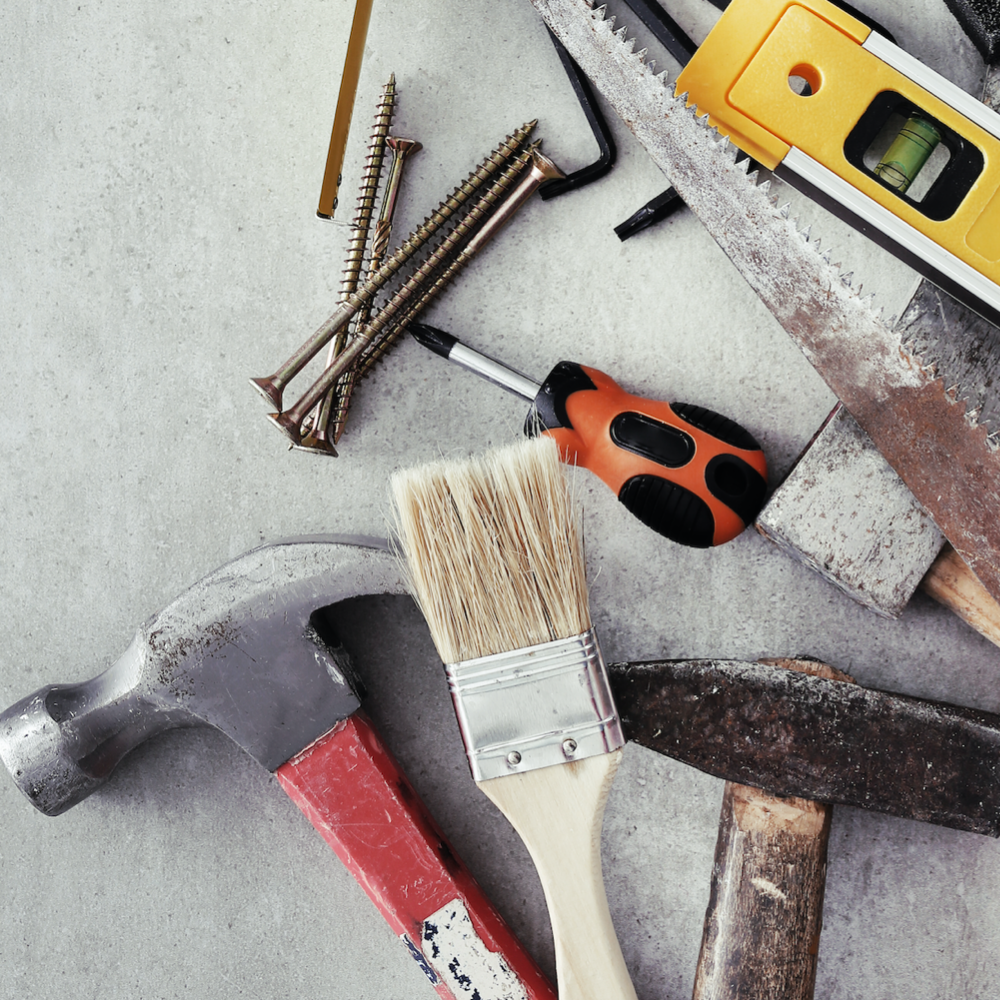


-
- Alternative
- Balloon Dog Sculptures
- Batteries
- Colouring Books
- Decorative Accessories
- Food & Drink
- Fragrance
- Gadgets & Tech
- Gift Sets
- Gifts for the Home
- Homeware
- Jewellery
- Keepsakes
- Knitting Wool
- Life
- Luggage & Suitcases
- Miscellaneous
- Ornaments
- Personalised Gifts
- Puzzle Books
- Puzzles
- Slippers
- Smoking
- Stationery
- Umbrellas
- Vehicle
- Wallets & Purses
- Warmies

How to Use a Spirit Level: A Comprehensive Guide
by Darren Butler
Last updated: Jul 31, 2025
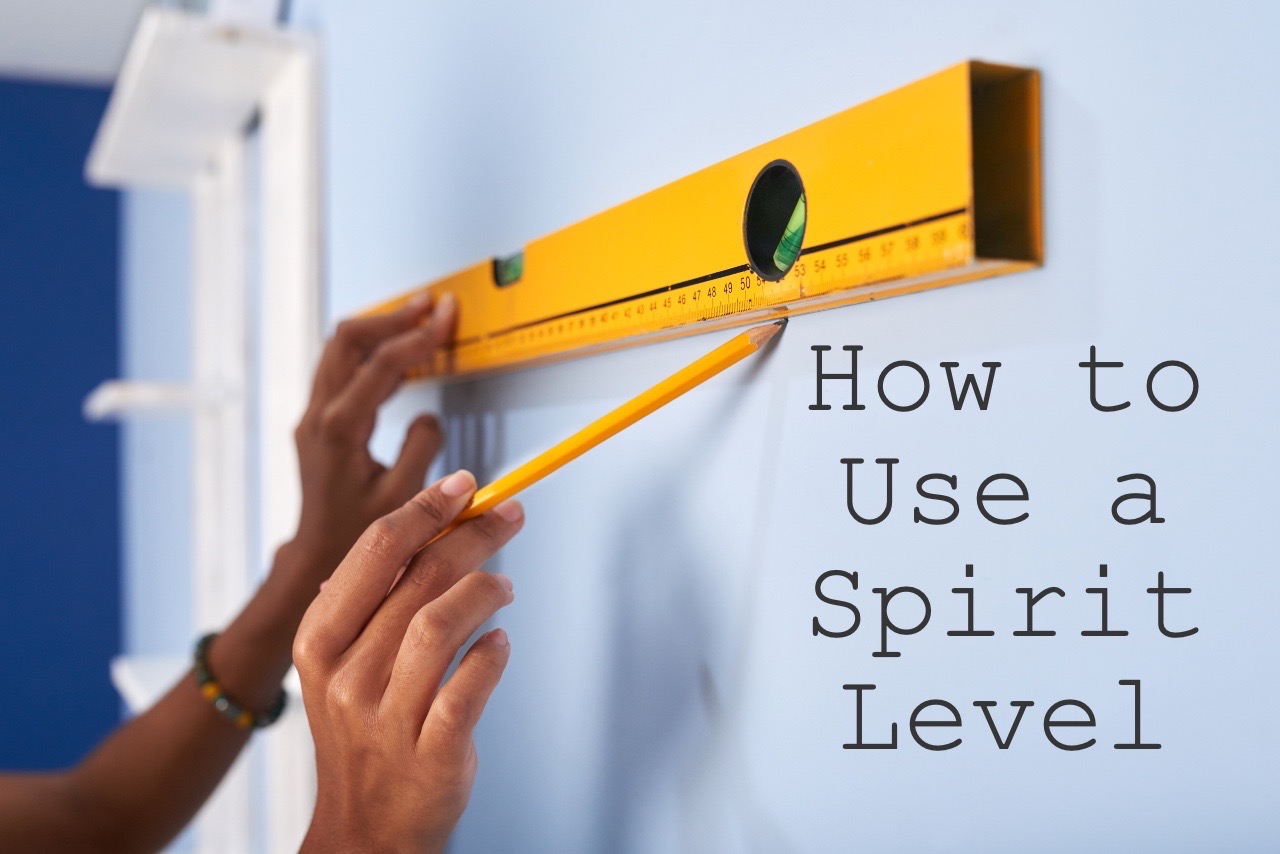
A spirit level is an indispensable tool for anyone looking to ensure precise measurements and alignments in their projects. From home DIY tasks such as hanging shelves to professional construction jobs, using a spirit level correctly is crucial for maintaining accuracy and achieving perfection. Whether you're a novice or an experienced tradesperson, this guide will help you understand how to use a spirit level effectively to achieve straight, balanced lines in every project.
Understanding the Spirit Level
A spirit level, sometimes called a bubble level, is a simple yet essential tool used to determine whether a surface is level or plumb. It consists of a solid, usually rectangular frame made from metal or plastic, with one or more liquid-filled vials. Each vial contains a bubble that moves within the liquid, indicating the levelness of the surface when the bubble is positioned at the centre of the vial.
The spirit level is equipped with at least one horizontal vial to measure level, and in some cases, a vertical vial for measuring plumb (perfectly vertical) surfaces. The basic concept is that the bubble should rest evenly between two lines inside the vial, indicating a perfectly straight line.
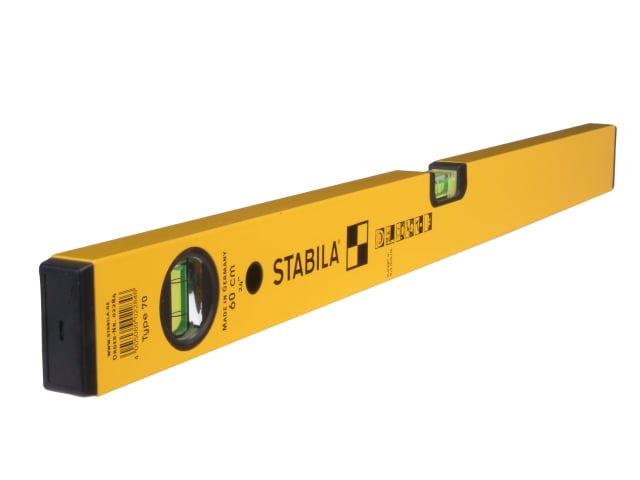
Types of Spirit Levels
Spirit levels come in various sizes and designs, each suited for different types of projects. The most common types include:
- Standard spirit levels: These are typically found in lengths ranging from 9 inches to 48 inches. They are the most versatile and commonly used.
- Post levels: Designed specifically for checking the vertical alignment of posts, poles, and fence rails.
- Laser levels: A modern variation that projects a laser beam to indicate level or plumb surfaces. These levels are more precise and ideal for large projects, but they often come at a higher price.
- Torpedo levels: These compact, small versions are ideal for tight spaces and portable tasks.
Understanding which type of level to use for your project can make the process smoother and more accurate.
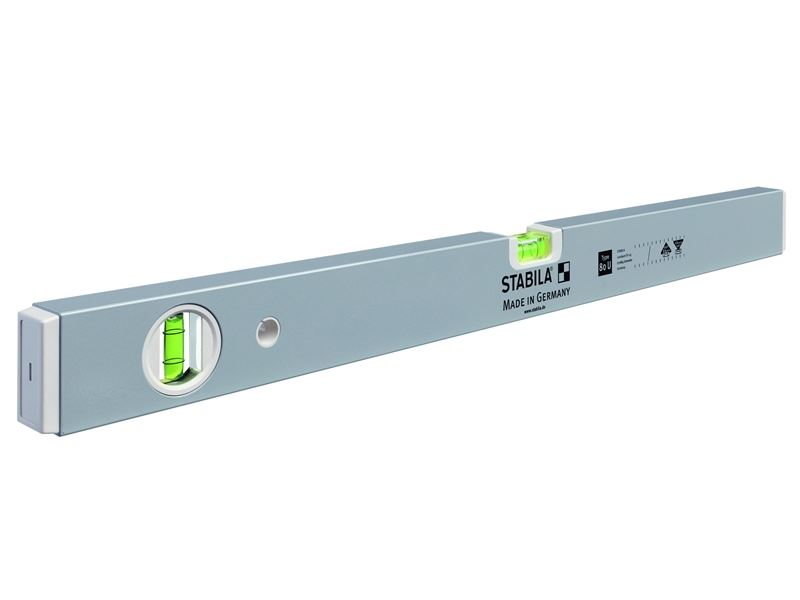
How to Use a Spirit Level for Horizontal Surfaces
The most common use for a spirit level is checking the horizontal alignment of a surface, such as a shelf or countertop. Here’s how to do it:
- Place the level on the surface: First, ensure that the surface is clean and free from any obstructions that may affect the level’s accuracy. Gently lay the spirit level across the surface you wish to check.
- Look at the bubble: Take a look at the bubble inside the vial. The goal is to get the bubble centred between the two lines in the vial.
- Adjust the surface: If the bubble is off-centre, adjust the surface you are checking. For example, if you’re installing a shelf, adjust the shelf’s position slightly up or down until the bubble sits directly between the lines.
- Check again along the length: Move the level slightly along the surface to ensure the entire surface is level. If you're working with a long surface, it’s always a good idea to check multiple points to ensure that there are no areas out of alignment.
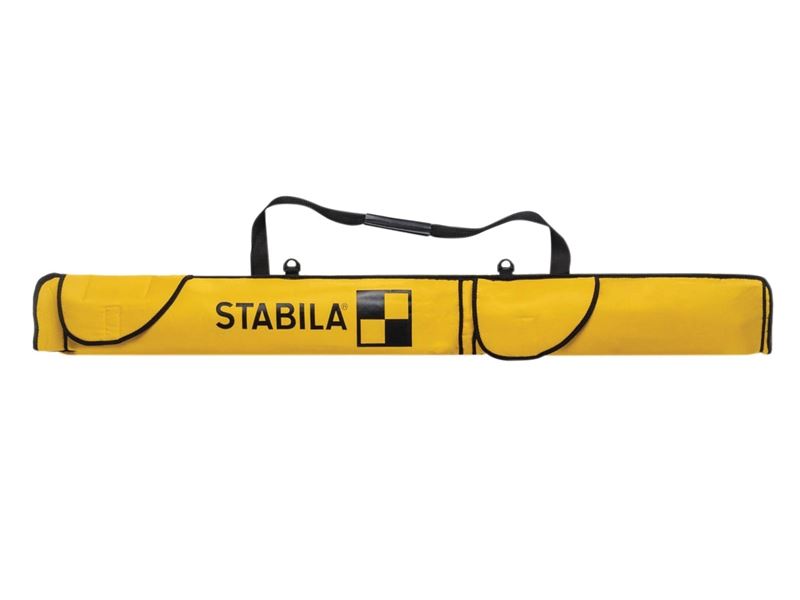
How to Use a Spirit Level for Vertical Surfaces
In addition to measuring horizontal surfaces, a spirit level can be used to check if a surface is plumb (vertically straight). This is particularly useful when installing doors, windows, or other vertical structures.
- Place the level against the surface: Position the spirit level vertically, ensuring it makes full contact with the surface you want to check.
- Observe the bubble: Just like with horizontal surfaces, check where the bubble is located in the vial. For a plumb line, the bubble should rest evenly between the two lines in the vial.
- Adjust the surface: If you are installing a door frame or a post, adjust the positioning until the bubble is perfectly centred.
- Double-check in multiple locations: It’s essential to check multiple points on the surface to ensure that the entire structure is aligned properly.
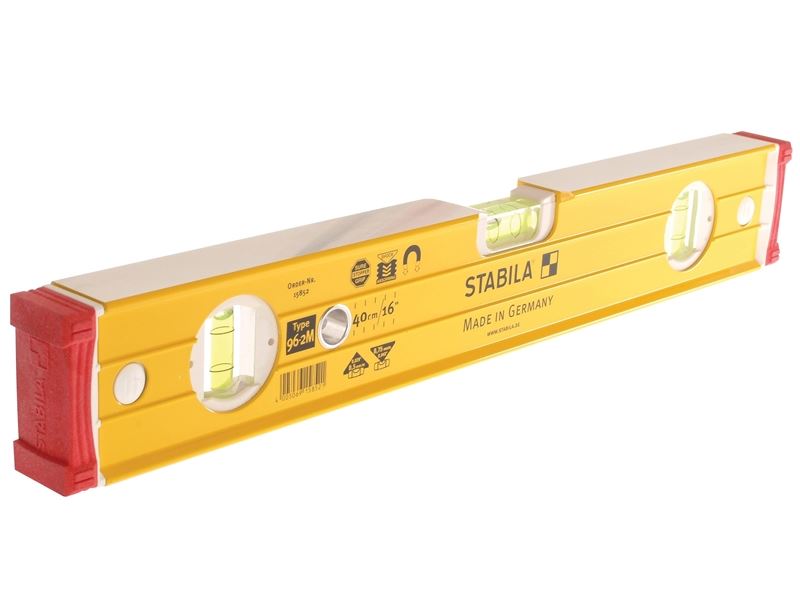
Calibrating Your Spirit Level
A crucial step to achieving accurate results is ensuring your spirit level is calibrated. Over time, a level can get damaged or wear out, causing inaccuracies in readings. Here's how you can calibrate it:
- Find a known level surface: Place the spirit level on a surface that you know is perfectly level, such as a flat countertop or a pre-leveled surface.
- Check the bubble: Ensure the bubble is positioned exactly in the centre of the vial. If it’s off-centre, there may be a calibration issue with the level.
- Adjust if needed: Many spirit levels allow you to adjust the vial’s position. If the bubble doesn’t rest correctly, you can loosen small screws to move the vial slightly until the bubble centres itself properly.
- Test again: After adjusting, test the level on different surfaces to make sure the bubble consistently returns to the centre of the vial.
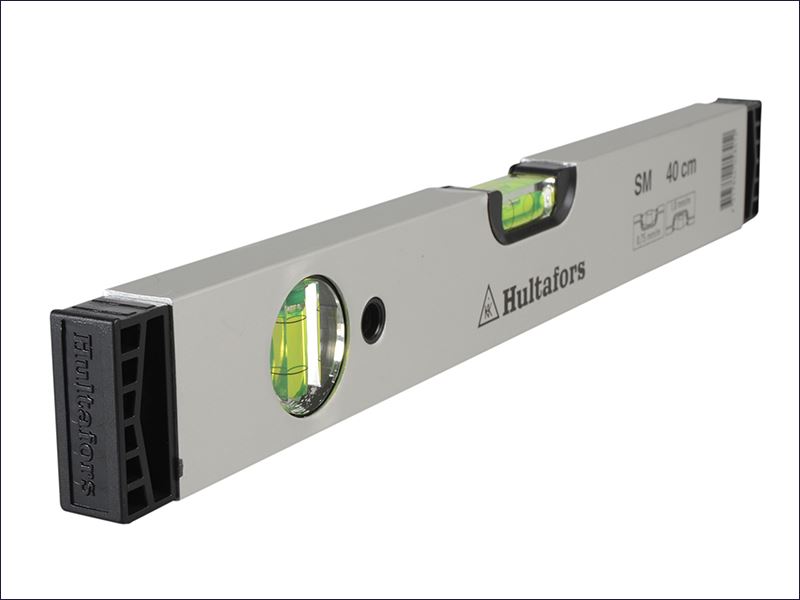
Using the Spirit Level in Conjunction with Other Tools
In some situations, particularly for larger projects, it’s helpful to use a spirit level alongside other tools to ensure more accuracy. For instance, when tiling or laying floorboards, you may want to combine a spirit level with a measuring tape or chalk line for long straight lines.
In larger construction projects, laser levels are often used alongside traditional spirit levels. A laser level can project a line of light that acts as a guide, and the spirit level is used to confirm the vertical or horizontal alignment of surfaces at different points.
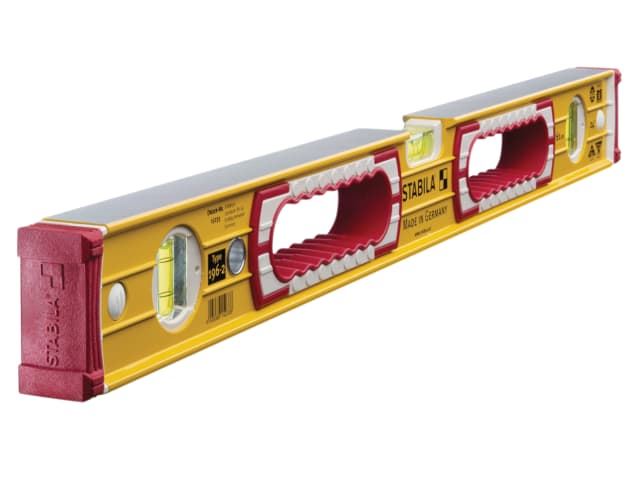
Practical Applications for a Spirit Level
The applications for a spirit level extend far beyond hanging pictures. Here are some common uses:
- Hanging shelves and frames: A spirit level ensures your pictures, mirrors, and shelves are perfectly aligned.
- Laying tiles: When installing tiles, a level ensures the surface is even, which prevents future problems with tile shifting or grouting.
- Building foundations: When laying the foundation for a building or structure, a level is essential for ensuring a solid and stable base.
- Installing doors and windows: Using a spirit level guarantees your frames are plumb, which makes installation easier and more secure.
- Outdoor projects: Whether you're building a fence or constructing a patio, a spirit level will ensure your posts, planks, and paving stones are all perfectly aligned.
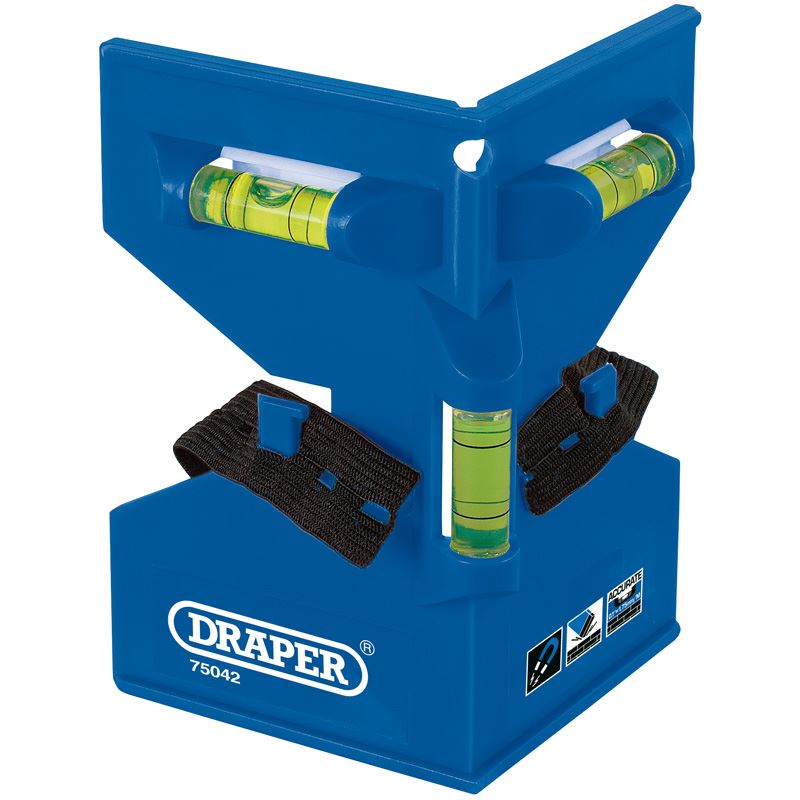
Maintaining Your Spirit Level
To keep your spirit level in top condition, clean it regularly and avoid dropping it or exposing it to extreme temperatures, as this can affect the level’s accuracy. Always store your level in a protective case when not in use, and avoid placing heavy objects on it that may cause the vial to become damaged.
Conclusion
The spirit level is an essential tool in any toolbox, providing a simple and effective way to ensure horizontal and vertical surfaces are perfectly aligned. By understanding how to use your spirit level correctly, you can achieve precision in all your projects, whether you're a seasoned professional or a DIY enthusiast. From basic home repairs to complex construction projects, mastering the use of a spirit level is key to achieving accurate and reliable results every time. By following these tips and maintaining your level, you can confidently take on any task, knowing that your measurements are spot on.
- Menu
- Fancy Dress
- Electronics & Gaming
- Clothing
- Pet Products
- Garden
- Tools & DIY
- Home & Leisure
- Gifting & Parties
- Toys
- Information
- About Us
- Become a seller
- Affiliate Programme
- Frequently Asked Questions
- Returns and Refunds
- Terms And Conditions
- Privacy Policy
- View our blog
- Featured
- View more
- Customer Care
- [email protected]
- +44 (0) 1702 617821
- ILFD Group Ltd T/A Cazaar®
- Company Number: 07034824








































































